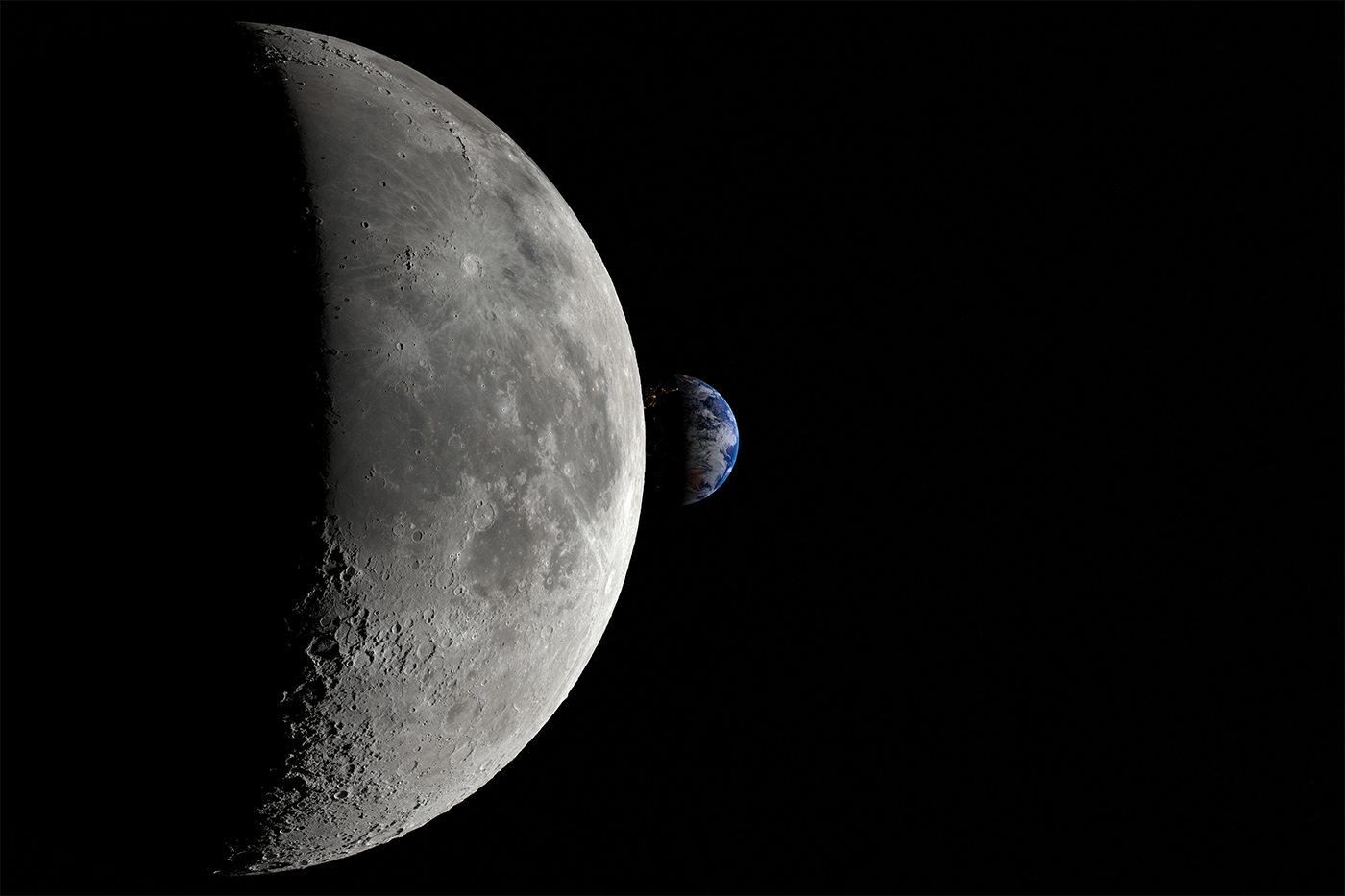There’s a new moon in town — sort of.
The much-discussed 2025 PN7, dubbed Earth’s “second moon,” is officially a quasi-moon, according to NASA, which confirmed the designation this week.
First spotted by researchers over the summer, the newly discovered rock isn’t a true moon but rather an asteroid that travels around the sun in near-lockstep with Earth — making it appear, from our perspective, as if it’s orbiting our planet.
But unlike the actual moon, 2025 PN7 is just shadowing us in a synchronized path, says Northeastern University assistant professor Jacqueline McCleary, an observational cosmologist.
The celestial object belongs to the Arjuna asteroid group, a collection of “near-Earth objects” that move in resonance with Earth. Because 2025 PN7 is not gravitationally bound to our planet like the moon is, it’s not a “true” moon.
But according to McCleary, there’s no simple rule for what counts as a moon and what doesn’t. She says that astronomers have long quibbled about criteria — debating everything from size cutoffs to orbital stability.
Most astronomers prefer the term “natural satellite” to “moon” or “moonlet,” which have no universally accepted definitions, McCleary says.
 09/27/22 – BOSTON, MA. – Jacqueline McCleary, associate professor in the College of Science, poses for a portrait on Tuesday Sept. 27, 2022. Photo by Matthew Modoono/Northeastern University
09/27/22 – BOSTON, MA. – Jacqueline McCleary, associate professor in the College of Science, poses for a portrait on Tuesday Sept. 27, 2022. Photo by Matthew Modoono/Northeastern University
 10/13/23 – BOSTON, MA. – Jonathan Blazek, assistant professor of physics, poses for a portrait on Oct. 13, 2023. Photo by Matthew Modoono/Northeastern University
10/13/23 – BOSTON, MA. – Jonathan Blazek, assistant professor of physics, poses for a portrait on Oct. 13, 2023. Photo by Matthew Modoono/Northeastern University
Jacqueline McCleary, an observational cosmologist, and Jonathan Blazek, an assistant professor physics, say that the quasi-moon has likely been our close neighbor for some 60 years. Photos by Matthew Modoono/Northeastern University
“Within this, there is an enormous amount of variation, even within our own solar system: from Mars’s moons Phobos and Deimos, which are little more than captured asteroids, to the Galilean satellites of Jupiter, which are almost the size of Earth and have features like subsurface oceans and volcanoes,” McCleary says.
The quasi-moon has likely been our close neighbor for some 60 years, experts say. But the asteroid is so small that it can hardly be seen without a large telescope that is also capable of scanning large areas of the sky, says Northeastern University astrophysicist Jonathan Blazek.
Researchers from the University of Hawaii, working at a research facility in Haleakala, Hawaii, discovered the quasi-moon in July using the Pan-STARRS telescope, which Blazek says is optimized for finding new objects in our solar system, as well as other astronomical “transients” — cosmological phenomena that change, such as supernovae.
“The Rubin Observatory, which just started taking data earlier this year, and with which I am involved, is an even larger telescope that will find many new solar system objects,” he says.
Blazek and McCleary note that there are other such partial, temporary or quasi moons hanging around the planet. In fact, at least six of them.
“These objects are all on similar orbits to the Earth and remain reasonably stable over many years,” Blazek says.
In 2024, Earth had a brief companion in 2024 PT5, an asteroid that loosely orbited the planet for a few months, McCleary says.
But 2025 PN7 is expected to hang around Earth until 2083, at which point it will drift off into space.
“In the long term, the orbits will drift, and the quasi-moons will move away,” Blazek says. “2025 PN7 is expected to stick around for roughly another 60 years.”
Experts say 2025 PN7 will have virtually no gravitational impact on Earth due to it being quite small, astronomically speaking.
Blazek estimates that the quasi-moon is “roughly the size of a small office building,” compared to the moon, which he calculates is “about a quadrillion (10^15) times more massive.”
“At only 20 meters across, it’s far too small to have a measurable effect on the Earth’s tides or anything else,” McCleary says.
Tanner Stening is an assistant news editor at Northeastern Global News. Email him at t.stening@northeastern.edu. Follow him on X/Twitter @tstening90.
